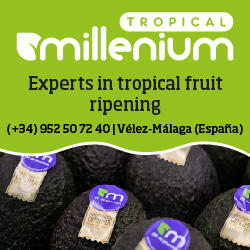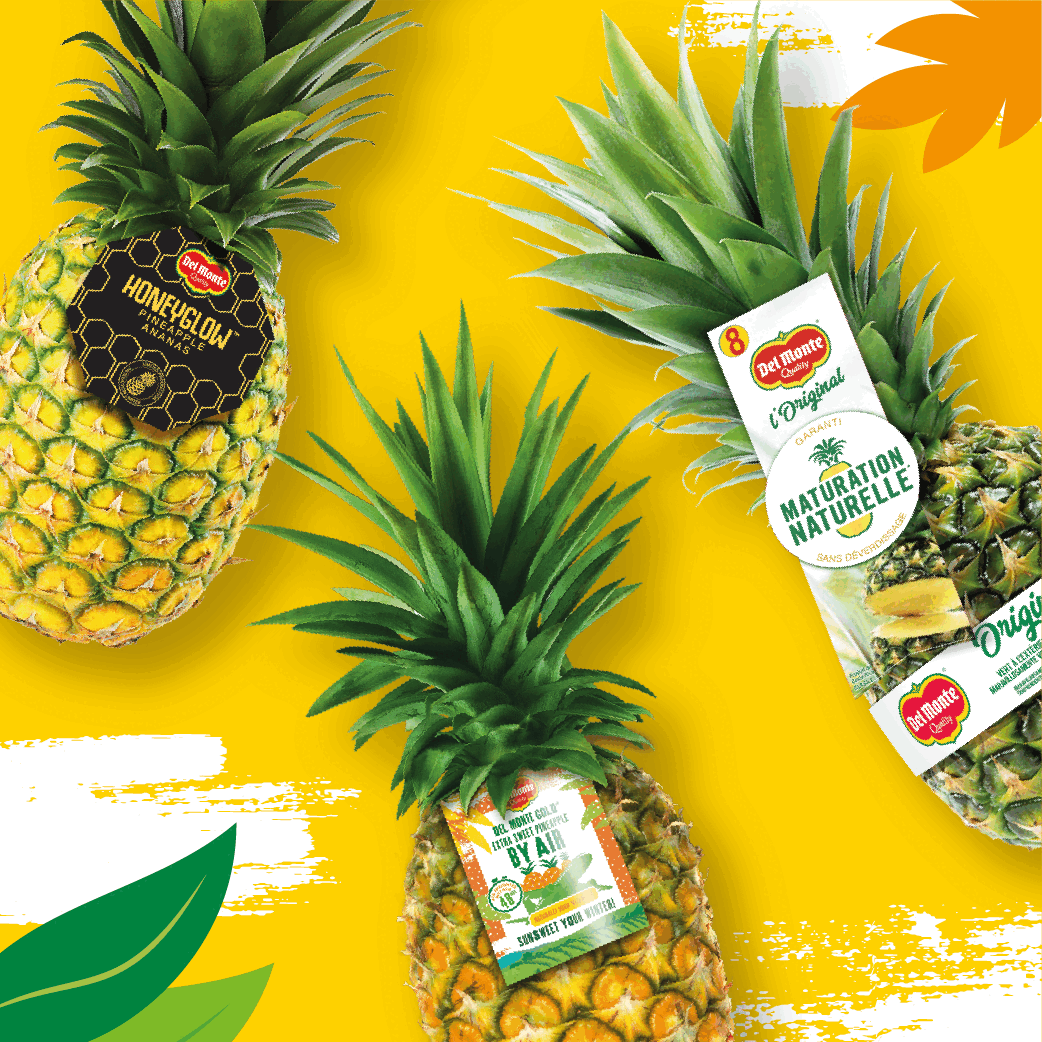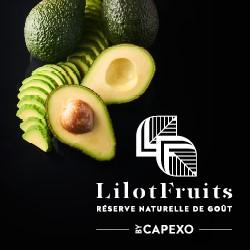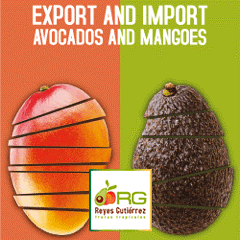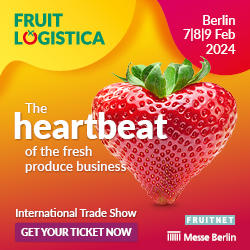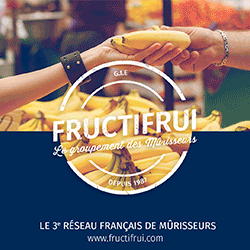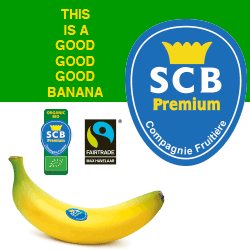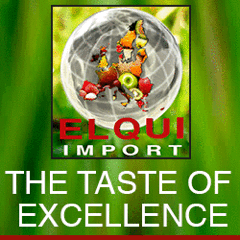The impact of covid-19 measures on fruit and vegetables distribution in France
- Published on 30/03/2020 - Published by DAWSON Carolina
- Free
First update on the market situation
The announcement of the implementation of population containment measures has a shockwave effect on European fruit markets. Panic has led to a completely irrational explosion in consumer demand, especially for the vitamin-rich fruit and vegetable section staples, such as the banana, citruses, apples and kiwis. The closure of institutional canteens (e.g. schools) and the restaurant sector in week 12 in particular came as a blow to the out-of-home segment (OOH). According to CTIFL, represented 9% of fruit and vegetable sales in France in 2018, with these sales passing to the supermarket sector.
While certain products such as the banana or citruses seem to be holding up better in this unprecedented situation, others, particularly exotics, are in greater difficulty, with a scaled-back presence on the shelves. The reinforced containment measures implemented in week 13, with markets set to close (barring specific exemptions in each district), removes an additional outlet for fresh fruits and vegetables, representing 12% of volumes according to CTIFL. Hence more than 20% of fresh F&V sales in France come under distribution circuits that will now need to find takers elsewhere.
The banana, crisis gold medallist
Although it is still early to draw conclusions, the observation that can be drawn from these first two apocalyptic weeks is as follows: the banana is holding up and indeed prospering. It has consolidated its reputation as a “crisis product”, featuring among the safe bets of the fruit and vegetables section. The banana seems less destabilised by the reorganisation of the distribution channels due to its firmly rooted position in the supermarket sector. According to the Kantar panel, nearly 84% of banana sales in France in 2019 involved this distribution channel, as opposed to 75% for fruits in general. The fall in activity in the wholesale segment seems to have had a more limited impact than on other products, such as the avocado, for which 22% of sales are reportedly made via the wholesale segment, as opposed to 16% for the banana. Finally, we cannot help but observe that the industry, based on the AIB in France, has shown great responsiveness in adopting measures from week 12, such as eliminating packed bananas in anticipation of the effects of reduced workforces on the supply chain, and to ensure food safety at all links of the industry. So bananas are no longer sold pre-packed (flowpack bags), so as to eliminate the repacking lines, barring certain exceptional cases (click & collect sales). As for organic bananas, which represent about 15 % of the market, and traditionally come packed in the distribution sector, an exceptional exemption has been obtained by agreement with the public authorities. They can be sold loose at generalist outlets, subject to implementing measures aimed at ensuring the traceability of organic bananas to the consumer. This elimination of packaging, for both organic and conventional, does not concern bananas packed at the origin.
Other products such as tomatoes or strawberries will also need to have their packaging simplified within the supermarket sector.
Conversely, exotics seem to be suffering more. Besides being scaled back on the shelves and consumption slowing down, the air-freight segment is being particularly hampered by the reduction in flight frequency. Certain products, such as air-freight mangos or melons are no longer even shipped in certain cases. The avocado, which lies mid-way between an exotic and mass-consumption product, seems to be battling to adapt to this new context. While supermarket programmes are being maintained, especially in France where the sector already takes in 77% of volumes earmarked for retail, the product is really suffering from the closure of the OOH sector, in particular on the North European markets. It is believed that the OOH segment accounts for 1/3 of volumes, as opposed to 2/3 for retail (wholesalers + supermarkets).
Labour shortages affecting global production
Worker safety is a subject of concern in the various production zones, in view of the spread of COVID-19. The general implementation of containment measures in the various Latin American countries in w.13, with curfews introduced in certain regions, and workforce reductions at the packing stations, will be bound to have repercussions in terms of productivity and volumes available for export. There are also considerable effects on the supply chain, outbound and incoming port inspections, unloading of merchandise, intra-Community transport, repacking and any step in the supply chain requiring human interaction; these are all being disrupted because of personnel limitations.
In Europe in particular, the spring fruit campaigns are struggling because of the seasonal labour shortage for harvesting. In France, farmers are predicting a shortfall of labourers, due to the absence of seasonal pickers from Spain and Morocco in particular. In the United Kingdom, an estimated 70 000 people are required for picking local fruits (source: reefertrends), the bulk of which come from the East of the EU. The same applies to Germany and the other EU countries employing foreign seasonal labour. Appeals are starting to be heard from the fresh fruit and vegetables inter-professional association (Freshfel), requesting exemptions and to safeguard the harvests of local produce. Governments are seeking ways of reducing any risk of shortages, in particular setting up “green lanes” to enable fresh produce to cross EU borders rapidly, and to recruit pickers and relax travel rules for migrant workers.








